Natural disasters can cause immense destruction to infrastructure, homes, and communities.
These disasters, which can range from hurricanes and tornadoes to earthquakes and wildfires, often result in significant economic and social losses for those affected.
Rebuilding after a natural disaster is therefore essential to restoring communities and ensuring the safety and well-being of those impacted.
We will discuss 50 Pros and Cons of rebuilding after a natural disaster.
Rebuilding after a natural disaster is crucial for several reasons.
Firstly, it helps to restore basic infrastructure and services, such as water, electricity, and transportation, which are essential for daily living.
Rebuilding also provides an opportunity to improve upon the pre-existing infrastructure by incorporating modern technology and sustainable practices.
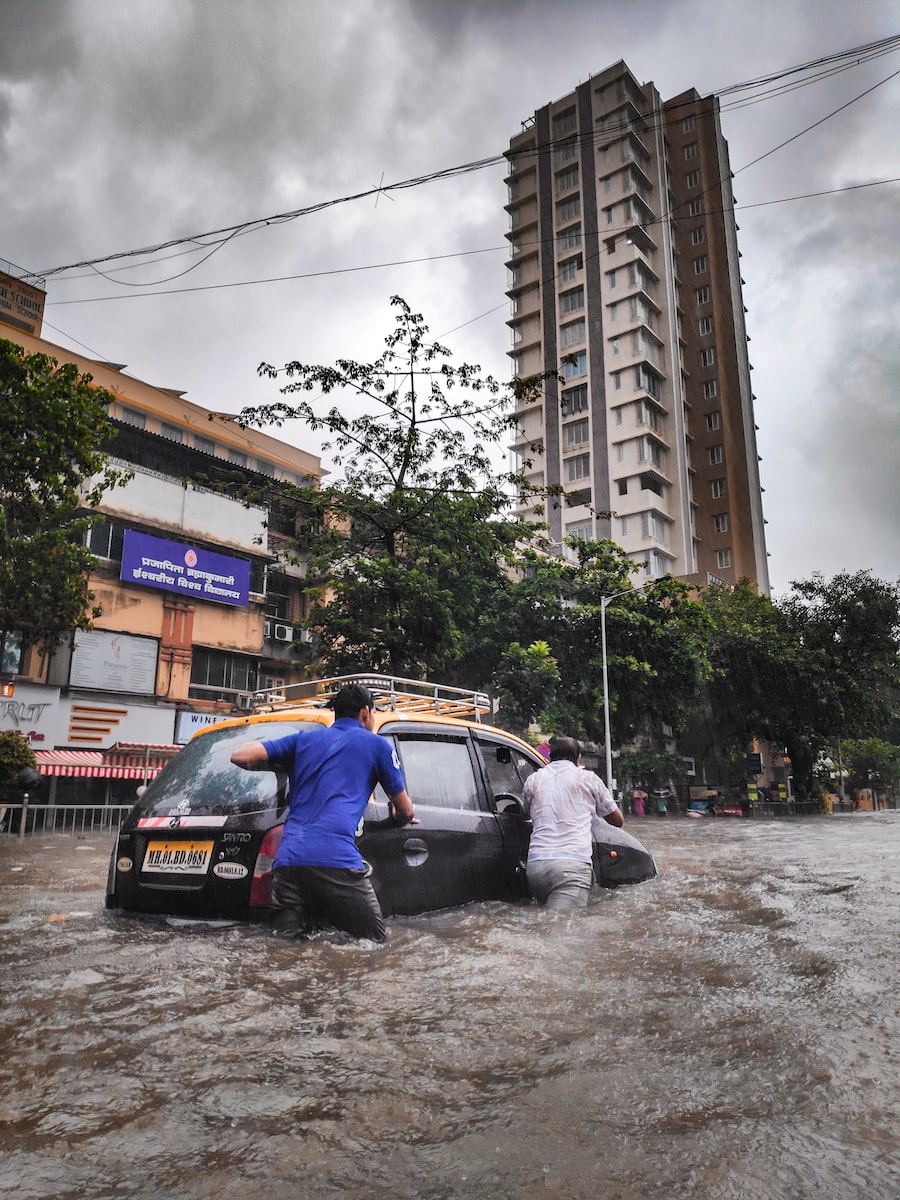
Furthermore, rebuilding can help to create jobs and stimulate economic growth, which is especially important for communities that have been hit hard by the disaster.
Table of Contents
Understanding natural disasters
Natural disasters are unpredictable events that can cause significant damage to homes, infrastructure, and communities.
Understanding the different types of natural disasters, their causes, and their impact is crucial in developing effective response and rebuilding strategies.
Types of natural disasters
Natural disasters can be classified into several types, including:
1. Geophysical Disasters:
Geophysical disasters are related to the Earth’s crust and include:
Earthquakes: Sudden movements of the Earth’s crust that can cause significant damage to infrastructure and homes.
Tsunamis: Large waves caused by earthquakes, volcanic eruptions, or landslides that can cause widespread damage and loss of life.
Volcanic eruptions: The release of hot ash, gas, and lava from volcanoes that can cause significant damage to homes and infrastructure.
2. Hydrological Disasters:
Hydrological disasters are related to water and include:
Floods: Sudden and excessive rainfall or the overflow of rivers and lakes can cause significant flooding, leading to damage to infrastructure, homes, and loss of life.
Storm surges: A rise in sea level caused by a storm can cause significant flooding in coastal areas.
Landslides: The movement of rock, earth, or debris down a slope, which can cause significant damage to infrastructure and homes.
3. Meteorological Disasters:
Meteorological disasters are related to weather and climate and include:
Hurricanes: A severe tropical storm with strong winds and heavy rainfall, which can cause significant damage to infrastructure and homes.
Tornadoes: A rotating column of air that can cause significant damage to infrastructure and homes.
Wildfires: Large fires that occur in wildland areas that can cause significant damage to infrastructure, homes, and loss of life.
Causes of natural disasters
Natural disasters can be caused by several factors, including:
Geographical location: The location of a region can make it more susceptible to certain types of natural disasters, such as earthquakes, tsunamis, and hurricanes.
Climate change: Changes in the Earth’s climate can lead to more extreme weather conditions, such as floods, storms, and wildfires.
Human activities: Activities such as deforestation, urbanization, and mining can increase the likelihood of landslides, floods, and other natural disasters.
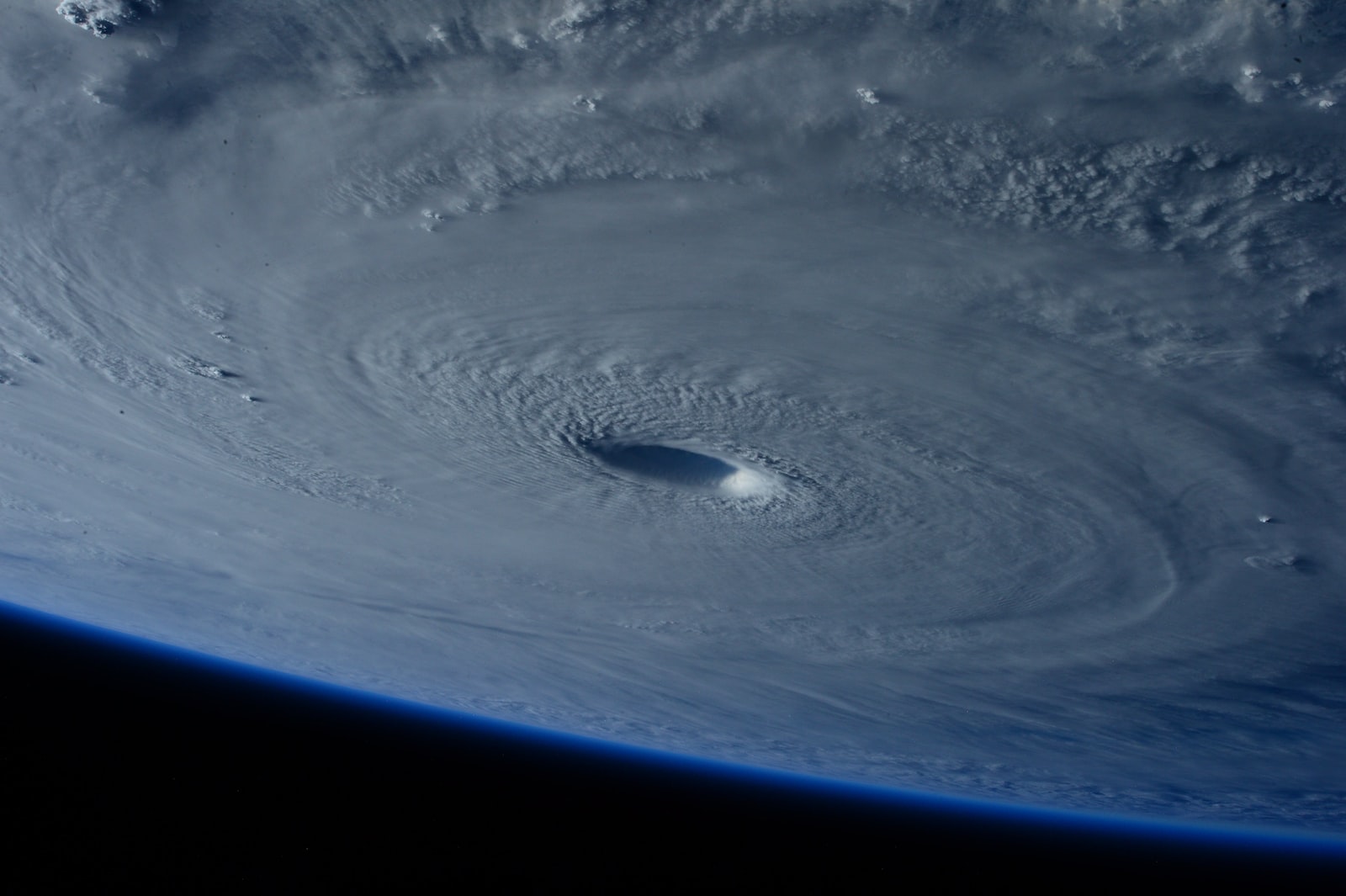
Impact of natural disasters
The impact of natural disasters can be devastating, affecting both individuals and communities.
The impact can be both immediate and long-term, and includes:
Loss of life: Natural disasters can lead to significant loss of life, particularly in areas with poor infrastructure and emergency response systems.
Damage to infrastructure: Natural disasters can cause significant damage to infrastructure such as roads, bridges, buildings, and utilities.
Economic losses: The cost of rebuilding and recovery can be significant, impacting the economy of the affected region.
Displacement: Natural disasters can lead to displacement of individuals, forcing them to leave their homes and communities.
Social and psychological impact: Natural disasters can have a significant impact on the mental and emotional well-being of individuals, leading to anxiety, depression, and other mental health issues.
Preparedness for natural disasters
Preparing for natural disasters is crucial in reducing the impact of these events on communities and individuals.
This section will explore the importance of preparedness, the types of preparedness measures, and the role of government and community in preparedness efforts.
Importance of preparedness
Being prepared for a natural disaster can significantly reduce the loss of life and property damage.
Preparedness measures can also help to ensure that individuals and communities can recover more quickly from the disaster.
Preparedness efforts can include:
Having an emergency plan: Having a plan in place that outlines what to do during a disaster can help to ensure that individuals and communities respond effectively.
Creating an emergency kit: An emergency kit should include items such as food, water, first aid supplies, and medication.
Being informed: Being aware of the types of natural disasters that can occur in your area and their potential impact can help individuals and communities to prepare effectively.
Types of preparedness measures
There are several types of preparedness measures that can be implemented to reduce the impact of natural disasters, including:
1. Structural measures:
Structural measures involve designing and constructing buildings and infrastructure that are resistant to natural disasters.
Examples of structural measures include:
Building codes: Building codes can ensure that buildings are designed to withstand potential disasters.
Retrofitting: Retrofitting involves modifying existing buildings to make them more resistant to natural disasters.
2. Non-structural measures:
Non-structural measures involve strategies that do not involve physical construction.
Examples of non-structural measures include:
Early warning systems: Early warning systems can provide advance notice of potential disasters, allowing individuals and communities to prepare and respond effectively.
Education and training: Education and training can help individuals and communities to understand the risks associated with natural disasters and how to respond effectively.
Role of government and community in preparedness
Both government and community have a crucial role to play in preparing for natural disasters.
Governments can implement policies and regulations that require buildings and infrastructure to be designed to withstand potential disasters.
Governments can also develop and implement early warning systems, provide funding for preparedness efforts, and coordinate emergency response efforts.
Communities can also play a vital role in preparedness efforts.
Communities can develop and implement emergency plans, create emergency kits, and educate members on the potential risks associated with natural disasters.
Communities can also participate in local government meetings to advocate for increased funding for preparedness efforts.
Being prepared for natural disasters is crucial in reducing the impact of these events on individuals and communities.
Preparedness measures can include having an emergency plan, creating an emergency kit, and being informed about the potential risks associated with natural disasters.
Both government and community have a vital role to play in preparedness efforts, including implementing policies and regulations, developing early warning systems, and advocating for increased funding for preparedness efforts.
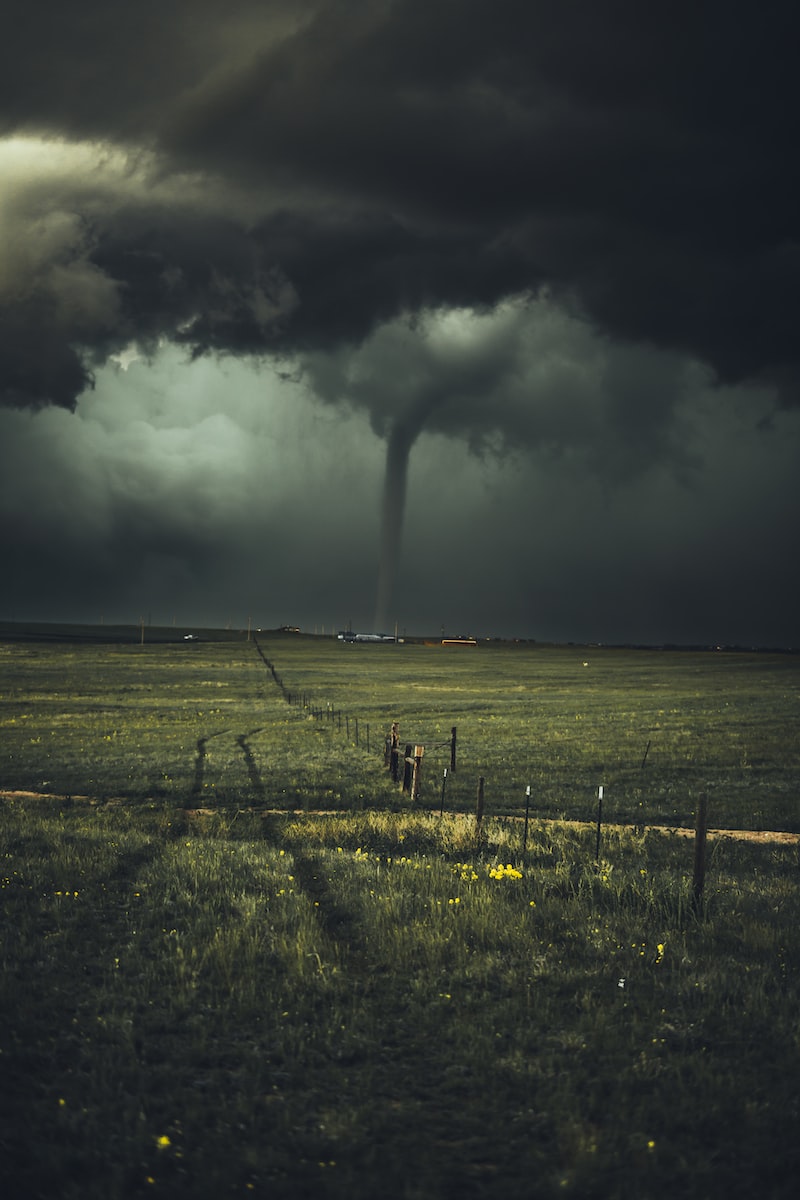
Responding to natural disasters
Natural disasters can strike suddenly and with devastating force.
Responding effectively to natural disasters is critical in saving lives, minimizing property damage, and facilitating recovery.
This section will explore the immediate response to natural disasters, the importance of coordination and communication, and the challenges associated with responding to natural disasters.
Immediate response
The immediate response to a natural disaster is critical in ensuring that individuals and communities are safe and that property damage is minimized.
Immediate response efforts can include:
Search and rescue: Search and rescue efforts involve locating and rescuing individuals who may be trapped or injured as a result of the disaster.
Providing emergency services: Providing emergency services such as food, water, shelter, and medical care to affected individuals.
Assessing the damage: Assessing the damage caused by the disaster to infrastructure, homes, and communities.
Importance of coordination and communication
Effective coordination and communication are crucial in responding to natural disasters.
Coordination efforts can involve:
Establishing a command center: A command center can serve as a central location for coordinating response efforts.
Identifying roles and responsibilities: Identifying roles and responsibilities for different organizations and individuals involved in response efforts can ensure that efforts are coordinated effectively.
Establishing communication channels: Establishing communication channels can help to ensure that response efforts are coordinated and that all organizations and individuals involved are informed of developments.
Challenges in responding to natural disasters
There are several challenges associated with responding to natural disasters, including:
Limited resources: Response efforts may be limited by a lack of resources, including personnel, equipment, and supplies.
Infrastructure damage: Damage to infrastructure, such as roads and bridges, can make it difficult to reach affected areas.
Communication difficulties: Communication difficulties can arise as a result of damaged communication infrastructure, which can impede coordination efforts.
Psychological trauma: Responders and affected individuals may experience psychological trauma as a result of the disaster, which can impact response efforts.
Responding effectively to natural disasters is crucial in saving lives and minimizing property damage.
Immediate response efforts can include search and rescue, providing emergency services, and assessing damage.
Coordination and communication are also essential in response efforts, and challenges can arise as a result of limited resources, damaged infrastructure, communication difficulties, and psychological trauma.
Rebuilding after a natural disaster
Rebuilding after a natural disaster is a critical phase in the recovery process.
This section will explore the rebuilding process, the importance of a well-planned rebuilding process, and the role of government and community in rebuilding efforts.
Overview of the rebuilding process
The rebuilding process can involve several phases, including:
Damage assessment: Assessing the damage caused by the disaster to infrastructure, homes, and communities.
Prioritization: Prioritizing rebuilding efforts based on the level of damage and the needs of affected communities.
Planning and design: Developing plans and designs for rebuilding infrastructure, homes, and communities that take into account modern technology and sustainable practices.
Implementation: Implementing the plans and designs for rebuilding, including construction and restoration efforts.
Monitoring and evaluation: Monitoring and evaluating the progress of rebuilding efforts and making adjustments as needed.
Importance of a well-planned rebuilding process
A well-planned rebuilding process is critical in ensuring that rebuilding efforts are effective and sustainable.
A well-planned rebuilding process can:
Ensure safety: Ensuring that rebuilt infrastructure and homes are designed to withstand potential disasters can help to ensure safety for individuals and communities.
Improve infrastructure: Rebuilding provides an opportunity to improve infrastructure by incorporating modern technology and sustainable practices, which can lead to increased efficiency and resilience.
Stimulate economic growth: Rebuilding efforts can create jobs and stimulate economic growth, which is especially important for communities that have been hit hard by the disaster.
Role of government and community in rebuilding
Both government and community have a crucial role to play in rebuilding efforts.
Governments can provide funding for rebuilding efforts, develop policies and regulations that ensure safety and sustainability, and coordinate rebuilding efforts.
Communities can participate in the planning and design of rebuilding efforts, advocate for their needs, and participate in the implementation of rebuilding efforts.
Rebuilding after a natural disaster is a critical phase in the recovery process.
The rebuilding process can involve several phases, including damage assessment, prioritization, planning and design, implementation, and monitoring and evaluation.
A well-planned rebuilding process is critical in ensuring safety, improving infrastructure, and stimulating economic growth.
Both government and community have a vital role to play in rebuilding efforts, including funding, policy development, coordination, and advocacy.
Challenges in rebuilding after a natural disaster
Rebuilding after a natural disaster can be a challenging process, as there are several obstacles that must be overcome.
This section will explore the financial challenges, infrastructure challenges, and social and psychological challenges associated with rebuilding after a natural disaster.
Financial challenges
One of the most significant challenges associated with rebuilding after a natural disaster is the financial burden.
Rebuilding efforts can be costly, and many communities and individuals may not have the financial resources to support rebuilding efforts.
Insurance coverage may be limited or unavailable, and government funding may be insufficient to cover the cost of rebuilding efforts.
This financial burden can delay rebuilding efforts and lead to increased economic hardship for affected individuals and communities.
Infrastructure challenges
Rebuilding after a natural disaster can also present significant infrastructure challenges.
Damage to infrastructure, such as roads, bridges, and utilities, can make it difficult to access affected areas and impede rebuilding efforts.
Rebuilding efforts may require significant resources and expertise, which may not be available in affected communities.
Furthermore, rebuilding efforts may be complicated by zoning and land use regulations, environmental concerns, and other factors that can impact the planning and design of infrastructure.
Social and psychological challenges
Rebuilding after a natural disaster can also present social and psychological challenges.
Displacement from homes and communities can lead to a sense of loss and isolation, which can impact mental health and well-being.
Rebuilding efforts may also lead to conflict and tension within affected communities, particularly if there are disagreements about how rebuilding efforts should be prioritized or implemented.
Additionally, rebuilding efforts may require significant time and energy, which can lead to stress and burnout among individuals involved in rebuilding efforts.
Rebuilding after a natural disaster can present significant challenges, including financial, infrastructure, and social and psychological challenges.
These challenges must be addressed to ensure that rebuilding efforts are effective and sustainable.
Governments, communities, and individuals must work together to overcome these challenges and rebuild stronger and more resilient communities.
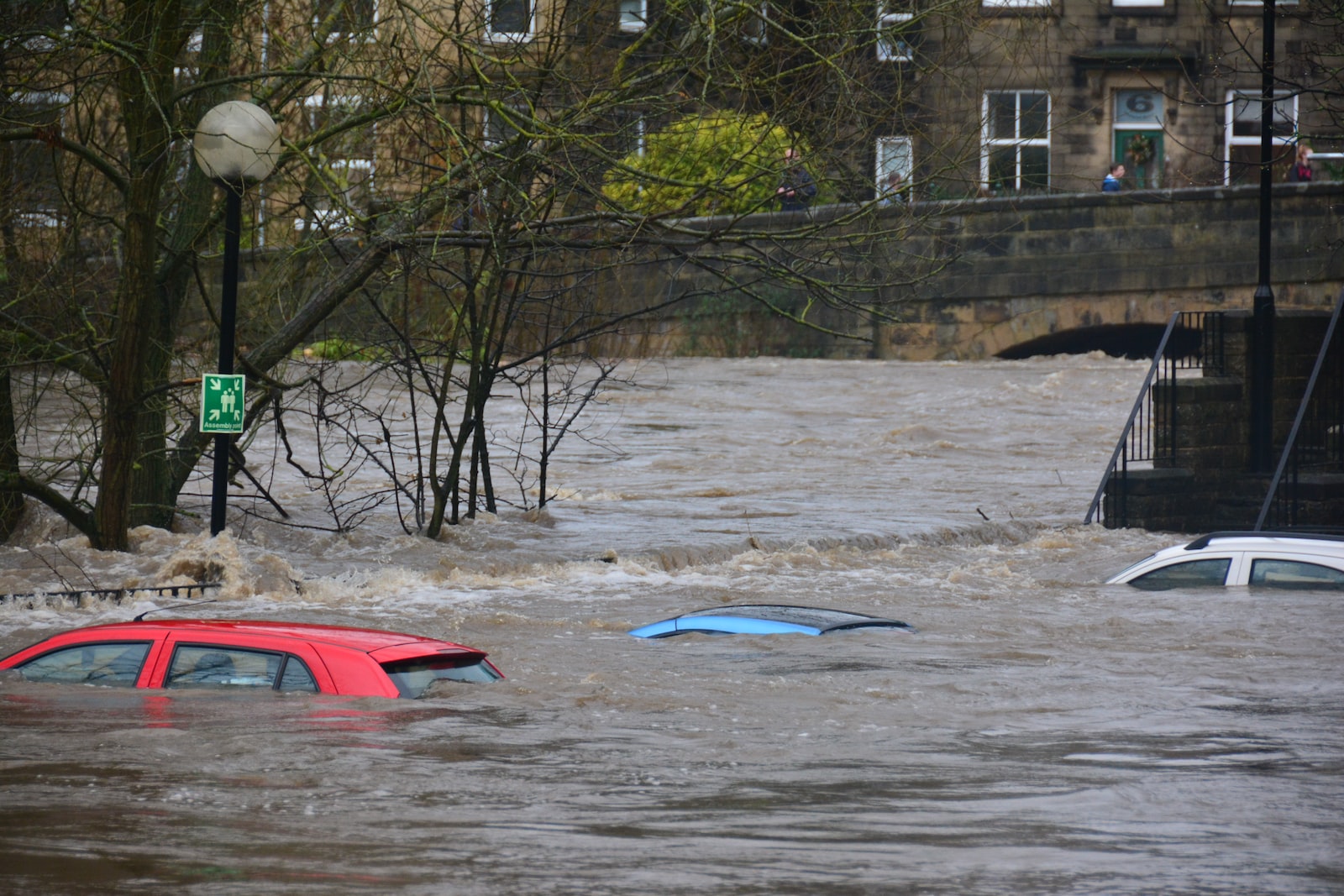
| Pros of Rebuilding After A Natural Disaster | Cons of Rebuilding After A Natural Disaster |
|---|---|
| Promotes safety | Costly |
| Minimizes property damage | Financial burden |
| Facilitates recovery | Limited insurance coverage |
| Provides economic growth | Insufficient government funding |
| Creates jobs | Delayed rebuilding efforts |
| Stimulates development | Inaccessible affected areas |
| Enhances infrastructure | Resource and expertise shortage |
| Incorporates sustainability | Complicated zoning and land use regulations |
| Increases efficiency | Loss of homes and communities |
| Increases resilience | Sense of isolation |
| Improves living conditions | Conflict and tension |
| Fosters community engagement | Stress and burnout |
| Addresses community needs | Mental health impact |
| Provides innovative design | Lack of safety |
| Increases social cohesion | Unsustainable infrastructure |
| Encourages collaboration | Reduced efficiency |
| Promotes environmental awareness | Lowered resilience |
| Reduces future risks | Poor living conditions |
| Builds stronger communities | Limited community involvement |
| Increases sense of pride | Unaddressed community needs |
| Boosts morale | Lack of innovative design |
| Offers hope | Decreased social cohesion |
| Promotes mental health | Hindered collaboration |
| Increases social mobility | Environmental impact |
| Facilitates long-term growth | Increased future risks |
Pros of Rebuilding After A Natural Disaster
Natural disasters can have a devastating impact on communities, causing loss of life, destruction of property, and economic turmoil.
However, rebuilding after a natural disaster can have several benefits.
we’ll explore 25 pros of rebuilding after a natural disaster.
So, buckle up and let’s dive in!
1. Promotes safety
Rebuilding after a natural disaster promotes safety by ensuring that infrastructure and homes are designed to withstand potential future disasters.
This can save lives and minimize damage in the event of future disasters.
2. Minimizes property damage
Rebuilding after a natural disaster can minimize property damage by repairing and restoring damaged infrastructure and homes, which can save property and prevent additional economic hardship.
3. Facilitates recovery
Rebuilding after a natural disaster can facilitate recovery by providing the resources and support needed to rebuild homes, communities, and infrastructure.
4. Provides economic growth
Rebuilding after a natural disaster can provide economic growth by creating jobs, stimulating development, and promoting economic revitalization efforts.
5. Creates jobs
Rebuilding after a natural disaster can create jobs in construction, engineering, and other related fields, which can help to stimulate the local economy.
6. Stimulates development
Rebuilding after a natural disaster can stimulate development by providing an opportunity to incorporate modern technology and sustainable practices into infrastructure and home design.
7. Enhances infrastructure
Rebuilding after a natural disaster can enhance infrastructure by incorporating modern technology and sustainable practices, which can improve efficiency and increase resilience.
8. Incorporates sustainability
Rebuilding after a natural disaster can incorporate sustainability by prioritizing energy-efficient and environmentally-friendly infrastructure and home design.
9. Increases efficiency
Rebuilding after a natural disaster can increase efficiency by improving infrastructure and home design, which can lead to increased productivity and economic stability.
10. Increases resilience
Rebuilding after a natural disaster can increase resilience by ensuring that infrastructure and homes are designed to withstand potential future disasters, which can help to reduce the impact of future disasters.
11. Improves living conditions
Rebuilding after a natural disaster can improve living conditions by providing updated and modernized homes and infrastructure, which can lead to a better quality of life for affected communities.
12. Fosters community engagement
Rebuilding after a natural disaster can foster community engagement by involving affected communities in the rebuilding process, which can help to build stronger relationships and a sense of community.
13. Addresses community needs
Rebuilding after a natural disaster can address community needs by providing infrastructure and homes that meet the specific needs of affected communities.
14. Provides innovative design
Rebuilding after a natural disaster can provide innovative design solutions, incorporating modern technology and sustainable practices to reduce the impact of future disasters and increase resilience.
15. Increases social cohesion
Rebuilding after a natural disaster can increase social cohesion by providing opportunities for affected communities to come together and work towards a common goal.
16. Encourages collaboration
Rebuilding after a natural disaster can encourage collaboration between government, community, and private organizations, which can lead to more effective and sustainable rebuilding efforts.
17. Promotes environmental awareness
Rebuilding after a natural disaster can promote environmental awareness by prioritizing energy-efficient and environmentally-friendly infrastructure and home design, which can help to reduce the impact of future disasters on the environment.
18. Reduces future risks
Rebuilding after a natural disaster can reduce future risks by implementing effective disaster management plans and building infrastructure and homes that are designed to withstand potential future disasters.
19. Builds stronger communities
Rebuilding after a natural disaster can build stronger communities by fostering collaboration, social cohesion, and community engagement, which can help to create a sense of unity and resilience.
20. Increases sense of pride
Rebuilding after a natural disaster can increase the sense of pride in affected communities by providing updated and modernized infrastructure and homes, which can help to boost morale and promote a sense of accomplishment.
21. Boosts morale
Rebuilding after a natural disaster can boost morale by providing hope and a sense of purpose to affected communities.
22. Offers hope
Rebuilding after a natural disaster can offer hope to affected communities by providing a path towards recovery and resilience.
23. Promotes mental health
Rebuilding after a natural disaster can promote mental health by providing a sense of stability and normalcy to affected communities, which can help to reduce stress and anxiety.
24. Increases social mobility
Rebuilding after a natural disaster can increase social mobility by providing updated and modernized infrastructure and homes, which can improve access to education, healthcare, and employment opportunities.
25. Facilitates long-term growth
Rebuilding after a natural disaster can facilitate long-term growth by providing an opportunity to prioritize sustainable infrastructure and economic development, which can lead to a more resilient and prosperous future.
Cons of Rebuilding After A Natural Disaster
While rebuilding after a natural disaster can have several benefits, it is not without its challenges.
In this section, we’ll explore 25 cons of rebuilding after a natural disaster.
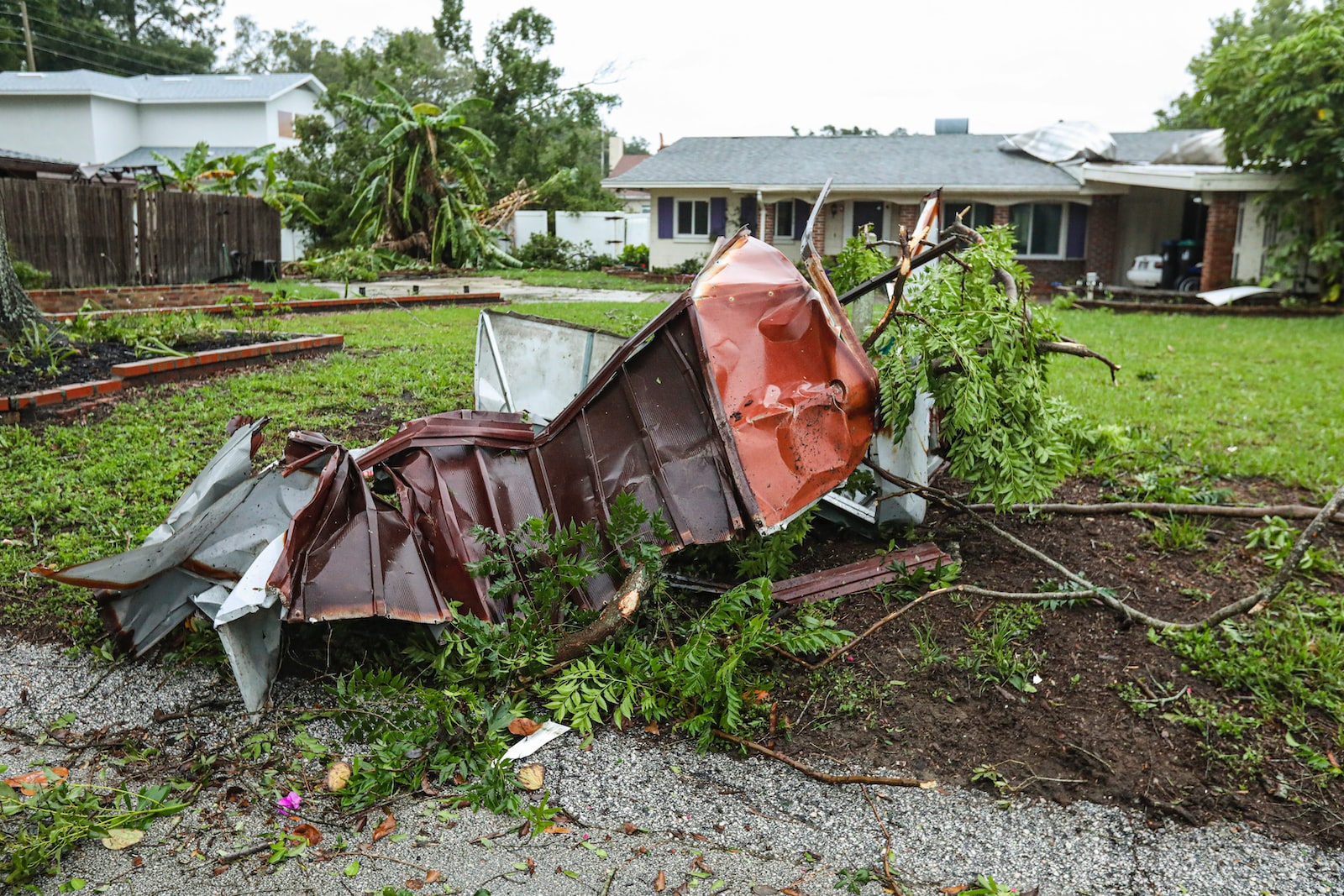
1. Costly
Rebuilding after a natural disaster can be costly, requiring significant financial resources and investment.
2. Financial burden
Rebuilding after a natural disaster can place a significant financial burden on affected communities, particularly those who are already vulnerable or facing economic hardship.
3. Limited insurance coverage
Insurance coverage may be limited or insufficient to cover the costs of rebuilding after a natural disaster, leaving affected communities to shoulder the burden of rebuilding efforts.
4. Insufficient government funding
Government funding for rebuilding efforts may be insufficient, which can hinder rebuilding efforts and delay recovery.
5. Delayed rebuilding efforts
Rebuilding efforts may be delayed due to a lack of funding, resources, or expertise, which can prolong the recovery process and increase economic hardship for affected communities.
6. Inaccessible affected areas
Affected areas may be inaccessible due to damage to infrastructure or other logistical challenges, which can make it difficult to provide essential services and resources to affected communities.
7. Resource and expertise shortage
There may be a shortage of resources and expertise needed to effectively rebuild after a natural disaster, which can delay recovery efforts and increase costs.
8. Complicated zoning and land use regulations
Zoning and land use regulations can be complicated and difficult to navigate, which can slow down the rebuilding process and delay recovery efforts.
9. Loss of homes and communities
Rebuilding after a natural disaster may not be able to replace the loss of homes and communities that were destroyed during the disaster, which can have a significant impact on affected communities.
10. Sense of isolation
Affected communities may feel a sense of isolation and disconnection from the rest of society, particularly if they are unable to rebuild or recover quickly.
11. Conflict and tension
Rebuilding efforts can lead to conflict and tension between different groups, particularly if there are disagreements over priorities or resources.
12. Stress and burnout
Rebuilding efforts can be stressful and exhausting for those involved, particularly if the process is prolonged or resources are limited.
13. Mental health impact
Natural disasters and the subsequent rebuilding process can have a significant impact on mental health, particularly for those who have experienced trauma or loss.
14. Lack of safety
Rebuilding efforts may not prioritize safety, particularly if resources are limited, which can lead to increased risks and potential for future disasters.
15. Unsustainable infrastructure
Rebuilding efforts may not prioritize sustainable infrastructure, which can lead to increased costs and potential for future damage.
16. Reduced efficiency
Rebuilding efforts may be inefficient or poorly organized, which can delay recovery efforts and prolong economic hardship for affected communities.
17. Lowered resilience
Rebuilding efforts may not prioritize resilience, which can leave affected communities vulnerable to future disasters.
18. Poor living conditions
Rebuilding efforts may not prioritize the quality of living conditions for affected communities, which can lead to ongoing economic and health challenges.
19. Limited community involvement
Community involvement in rebuilding efforts may be limited, which can lead to a lack of community ownership and investment in the process.
20. Unaddressed community needs
Rebuilding efforts may not adequately address the specific needs and priorities of affected communities, which can lead to a lack of progress and investment in the recovery process.
21. Lack of innovative design
Rebuilding efforts may not incorporate innovative design solutions, which can lead to increased costs and potential for future damage.
22. Decreased social cohesion
Rebuilding efforts may decrease social cohesion by creating tension or division within affected communities, particularly if there are disagreements over priorities or resources.a
23. Hindered collaboration
Rebuilding efforts may be hindered by a lack of collaboration between different groups, which can lead to inefficiencies and delays in the recovery process.
24. Environmental impact
Rebuilding efforts can have a significant environmental impact, particularly if sustainability is not prioritized, which can have long-term implications for the health of affected communities.
25. Increased future risks
Rebuilding efforts may not adequately address the underlying causes of natural disasters, which can increase the risk of future disasters and further economic hardship for affected communities.
Case studies
Learning from past experiences is crucial in developing effective strategies for responding to and rebuilding after natural disasters.
This section will explore two case studies of successful rebuilding efforts, including the challenges faced and overcome in the rebuilding process.
Case study 1: New Orleans, USA – Hurricane Katrina
Hurricane Katrina struck New Orleans, USA, in 2005, causing significant damage and loss of life.
The rebuilding efforts in New Orleans were challenging, and the city faced several obstacles, including:
Infrastructure challenges: The hurricane caused significant damage to the city’s infrastructure, including roads, bridges, and utilities, making it difficult to access affected areas.
Social and psychological challenges: The hurricane forced many residents to leave their homes and communities, leading to a sense of loss and isolation.
Despite these challenges, New Orleans has made significant progress in rebuilding efforts.
The city has implemented several initiatives to promote rebuilding, including:
Community engagement: The city has involved affected communities in the rebuilding process, seeking their input and feedback.
Sustainable infrastructure: The city has prioritized the development of sustainable infrastructure, incorporating modern technology and practices to reduce the impact of future disasters.
Economic development: The city has prioritized economic development efforts, including the development of new businesses and industries, to promote economic growth and resilience.
Case study 2: Japan – Great East Japan Earthquake
The Great East Japan Earthquake struck Japan in 2011, causing significant damage and loss of life.
The rebuilding efforts in Japan were challenging, and the country faced several obstacles, including:
Infrastructure challenges: The earthquake caused significant damage to the country’s infrastructure, including roads, bridges, and utilities, making it difficult to access affected areas.
Social and psychological challenges: The earthquake forced many residents to leave their homes and communities, leading to a sense of loss and isolation.
Despite these challenges, Japan has made significant progress in rebuilding efforts.
The country has implemented several initiatives to promote rebuilding, including:
Collaboration between government and community: The country has fostered collaboration between government and community in the rebuilding process, ensuring that the needs and priorities of affected communities are addressed.
Innovative design: The country has implemented innovative design solutions, incorporating modern technology and practices to reduce the impact of future disasters.
Economic revitalization: The country has prioritized economic revitalization efforts, including the development of new businesses and industries, to promote economic growth and resilience.
Successful rebuilding efforts after natural disasters require a coordinated effort between governments, communities, and individuals.
New Orleans and Japan are examples of successful rebuilding efforts, demonstrating the importance of community engagement, sustainable infrastructure, economic development, collaboration, innovative design, and economic revitalization.
These case studies also highlight the significant challenges that can arise during the rebuilding process and the importance of developing effective strategies to overcome these challenges.
Lessons learned and recommendations
The previous sections of this article have explored the various aspects of rebuilding after natural disasters, including understanding natural disasters, preparedness, response, challenges, and case studies.
This section will summarize the key lessons learned from the case studies and provide recommendations for future rebuilding efforts.
Key lessons learned from case studies
The case studies of New Orleans and Japan provide valuable insights into the rebuilding process after natural disasters.
Key lessons learned from these case studies include:
Community engagement is critical: Engaging affected communities in the rebuilding process is critical in ensuring that their needs and priorities are addressed.
Sustainable infrastructure is important: Prioritizing sustainable infrastructure can help to reduce the impact of future disasters and increase resilience.
Collaboration between government and community is essential: Fostering collaboration between government and community can ensure that rebuilding efforts are effective and sustainable.
Innovative design can be effective: Implementing innovative design solutions can help to reduce the impact of future disasters and increase resilience.
Economic development and revitalization are crucial: Prioritizing economic development and revitalization efforts can help to promote economic growth and resilience.
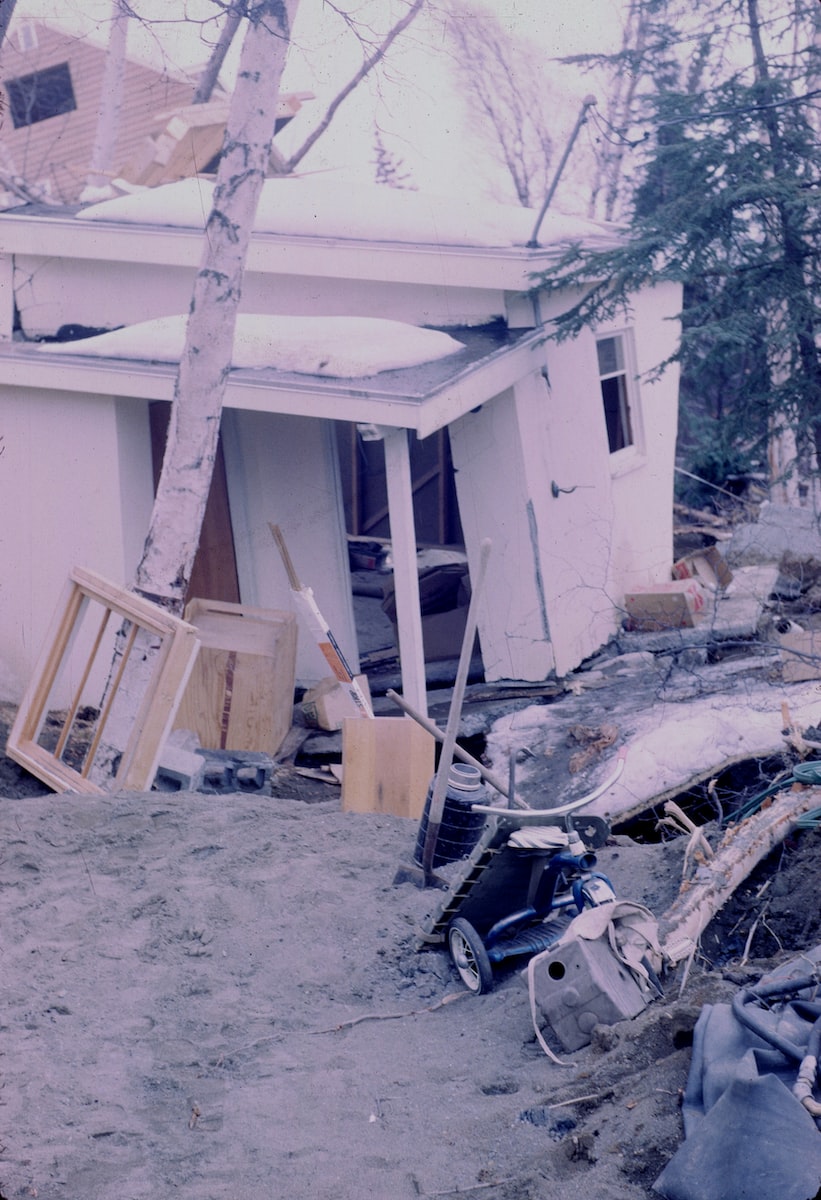
Recommendations for future rebuilding efforts
Based on the lessons learned from the case studies, the following recommendations can be made for future rebuilding efforts:
Prioritize community engagement: Engage affected communities in the rebuilding process, seeking their input and feedback.
Prioritize sustainable infrastructure: Develop infrastructure that is designed to withstand potential disasters and incorporates modern technology and sustainable practices.
Foster collaboration between government and community: Foster collaboration between government and community in the rebuilding process, ensuring that the needs and priorities of affected communities are addressed.
Implement innovative design solutions: Implement innovative design solutions that reduce the impact of future disasters and increase resilience.
Prioritize economic development and revitalization: Prioritize economic development and revitalization efforts, including the development of new businesses and industries, to promote economic growth and resilience.
The key lessons learned from the case studies of New Orleans and Japan highlight the importance of community engagement, sustainable infrastructure, collaboration, innovative design, and economic development and revitalization in rebuilding efforts after natural disasters.
These lessons provide valuable insights into the rebuilding process and can inform future rebuilding efforts.
Final Thoughts
Natural disasters can have a devastating impact on individuals, communities, and entire regions.
Responding effectively to natural disasters is critical in saving lives and minimizing property damage, but rebuilding after a natural disaster is also crucial in ensuring that affected communities can recover and thrive.
This article has explored the various aspects of rebuilding after natural disasters, including understanding natural disasters, preparedness, response, challenges, case studies, lessons learned, and recommendations.
The main points of this article can be summarized as follows:
Understanding natural disasters: Natural disasters can take many forms, including hurricanes, earthquakes, floods, wildfires, and more, and can have a significant impact on infrastructure, homes, and communities.
Preparedness: Being prepared for natural disasters is critical in minimizing their impact, and preparedness measures can include developing emergency plans, conducting drills, and stockpiling supplies.
Response: Responding effectively to natural disasters involves immediate response efforts, such as search and rescue, providing emergency services, and assessing damage, as well as effective coordination and communication.
Rebuilding: Rebuilding after a natural disaster involves several phases, including damage assessment, prioritization, planning and design, implementation, and monitoring and evaluation, and is critical in promoting safety, improving infrastructure, and stimulating economic growth.
Challenges: Rebuilding after a natural disaster can present significant challenges, including financial, infrastructure, and social and psychological challenges, which must be addressed to ensure effective and sustainable rebuilding efforts.
Case studies: The case studies of New Orleans and Japan provide valuable insights into the rebuilding process, highlighting the importance of community engagement, sustainable infrastructure, collaboration, innovative design, and economic development and revitalization.
Recommendations: Recommendations for future rebuilding efforts include prioritizing community engagement, sustainable infrastructure, collaboration, innovative design, and economic development and revitalization.
Rebuilding after a natural disaster is a critical phase in the recovery process and requires a coordinated effort between governments, communities, and individuals.
The lessons learned from the case studies of New Orleans and Japan provide valuable insights into effective rebuilding strategies, and the recommendations outlined in this article can inform future rebuilding efforts.
It is important that we continue to prioritize rebuilding efforts after natural disasters to ensure that affected communities can recover and thrive.
Resources:
https://www.habitat.org/ap/our-work/rebuilding-after-disasters
https://www.huduser.gov/portal/pdredge/pdr-edge-featd-article-111819.html
https://rebuildingtogether.org/disaster-readiness-and-recovery
https://www.ncbi.nlm.nih.gov/pmc/articles/PMC5719715/
https://cslb.ca.gov/Resources/GuidesAndPublications/Disaster_Rebuilding_9_24_15.pdf
https://www.business.qld.gov.au/running-business/natural-disaster/recover
https://www.usa.gov/disaster-area-help
https://www.consumerfinance.gov/consumer-tools/disasters-and-emergencies/
